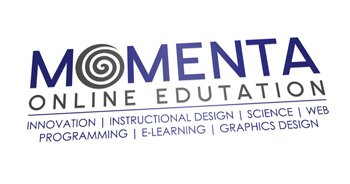In terms of course production, if you don’t have the basic tools, it would be difficult to roll out an elearning program for your association. But you don’t want to break the bank either, production software costs can run in the order of thousands of dollars. My experience has told me that, unless there are special needs for different courses, you should get one production software and stick with it. Morph your courses to accommodate the production software and not the other way around. Or it may be that you can only afford one.
The reason behind this recommendation is that, in my experience, once you get more than one production software, you always end up using one more often than the other (or others). The bad news is that you are losing money because that software is just sitting idle in your computer while you are recovering the investment on the one you prefer. This way, you will never recover the investment of that underused software.
Fortunately, you can download a free trial (most of them let you try out the software for 30 days), give it a test drive, and select the one you like the most. Of course, I am not referring to “like” as meaning “pretty” or “visually appealing” or “wow effect”, but to that one with the right tools for you and your program. There will be advantages and drawbacks of using either option, hence you decision will probably revolve around that option with the minimum required tools at the lowest cost.
Why am I recommending you buy software instead of getting a bunch of computer programmers to create your custom-made courses? Nowadays computer power is cheaper than programmer labor. You are going to spend more money custom-building courses with complex PHP, HTML5, and Javascript pages. You could accomplish the same goal with a production software that publishes objects or web pages that can be embedded or linked in your course web pages. Plus when another round of course improvements comes along, you can do it in less time with the production software, your custom-built pages could be a complicated structure difficult to update, and it may be that only the programmers know where those sections that need modifications are located in the page structure.
But the course production tool is just the main workhorse of your program. You will need support applications that help put together an elearning course. Even though most production software allow for recording of screen for presentation purposes, you may need to edit those videos later on, which is not supported in most of those production applications. Even if you buy stock images for your courses, you will need software to edit those pictures. If you are using recorded webinars as video lectures, you will need a web application tool that supports recording of live webinars. Then you will need a LMS or learning management system. The selection of the right one for you is not an easy task. There are so many options out there with so many features that it could make your head spin. Of course, the option that can support inserting your courses produced with your development tool is always a good contender.
These are only some superficial recommendations and there are many details and cases that I could not cover in a post such as this one. My hope is that this article will make you decide and spend some time researching your options, or you could just get help from others that have done this kind of job.
